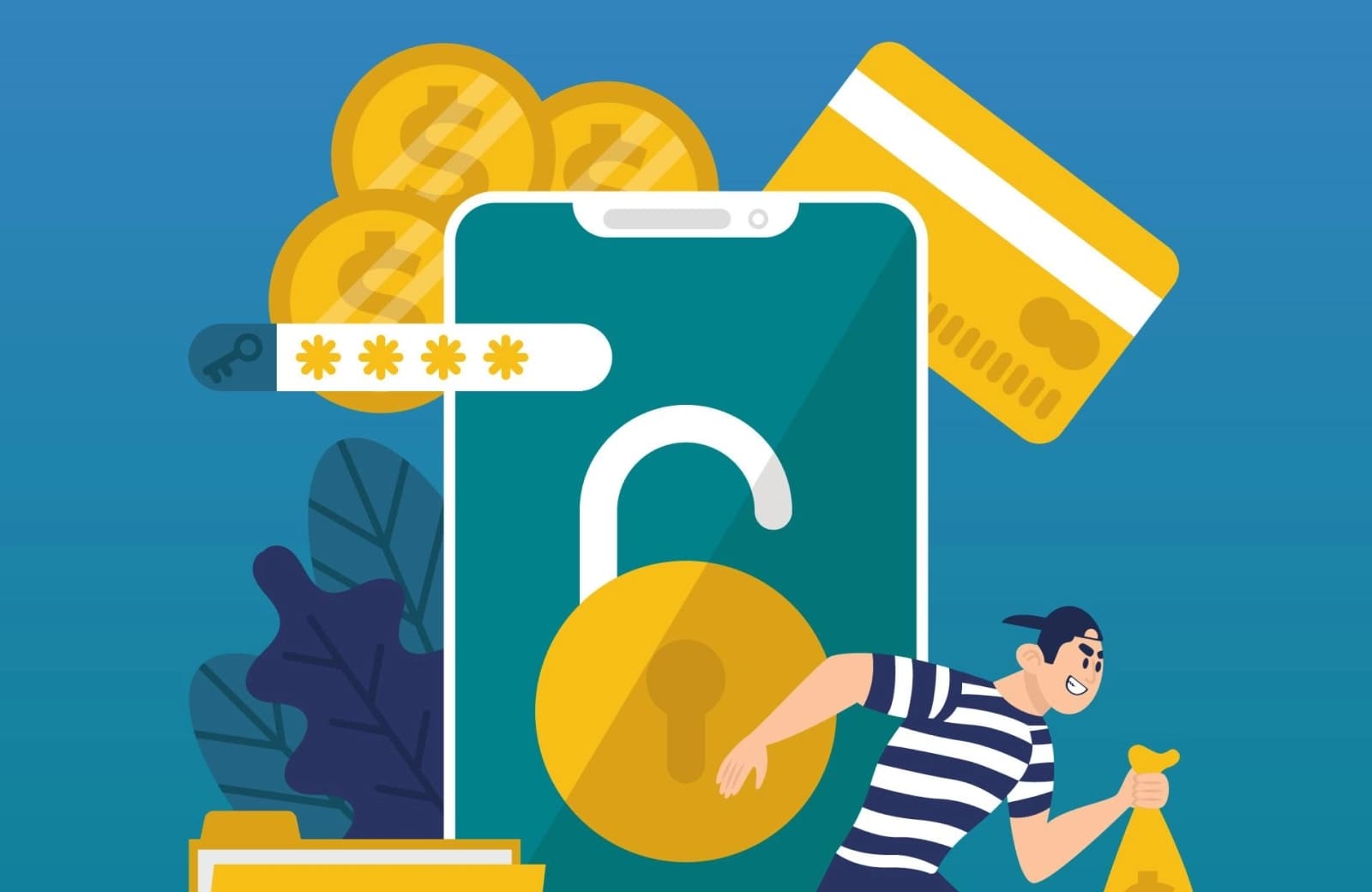Credit card fraud and identity theft are serious issues that can have devastating consequences for victims. As technology advances, the methods used by criminals to commit these crimes are becoming more sophisticated. It's important to understand the different types of credit card fraud and identity theft in order to protect yourself.
Skimming Devices
One of the most common types of credit card fraud is skimming. Criminals attach small devices, called skimmers, to card readers, such as ATMs or gas pumps, to steal credit card information. These devices can be difficult to detect and can be used to steal information from multiple cards. To protect yourself from skimming, it's important to be aware of your surroundings and to look for any signs of tampering on the card reader.
Phishing Scams
Phishing scams are another common method used by criminals to steal credit card information. These scams involve fraudulent emails, text messages, or phone calls that attempt to obtain your personal information. These scams often look like legitimate requests from your bank or credit card company and may ask you to click on a link or provide sensitive information. To avoid falling victim to phishing scams, be cautious of any unsolicited requests for personal information and always verify the legitimacy of the request before providing any information.
Identity Theft
Identity theft is a serious crime that can have long-lasting consequences. Criminals can use stolen personal information, such as your social security number or credit card information,to open new credit accounts or commit other fraudulent activities in your name. To protect yourself from identity theft, it's important to monitor your credit report regularly for any suspicious activity and to be cautious about sharing personal information online or over the phone.
Tips for Protecting Yourself
Here are some tips for protecting yourself from credit card fraud and identity theft:
1. Monitor your credit card and bank statements regularly for any unauthorized transactions or suspicious activity.
2. Use strong and unique passwords for all your online accounts, and avoid using the same password for multiple accounts.
3. Be cautious about sharing personal information online or over the phone, especially if you're not sure who you're talking to.
4. Use secure websites when making online purchases, and avoid using public Wi-Fi when making purchases online.
5. Shred any documents that contain sensitive information, such as credit card statements or bank statements.
6. Consider using two-factor authentication to add an extra layer of security to your online accounts.
By taking these steps, you can help protect yourself from credit card fraud and identity theft. Remember, the art of defense is all about being proactive and vigilant. Stay aware of your surroundings, monitor your accounts regularly, and be cautious about sharing personal information. By doing so, you can help keep yourself and your finances safe.




















